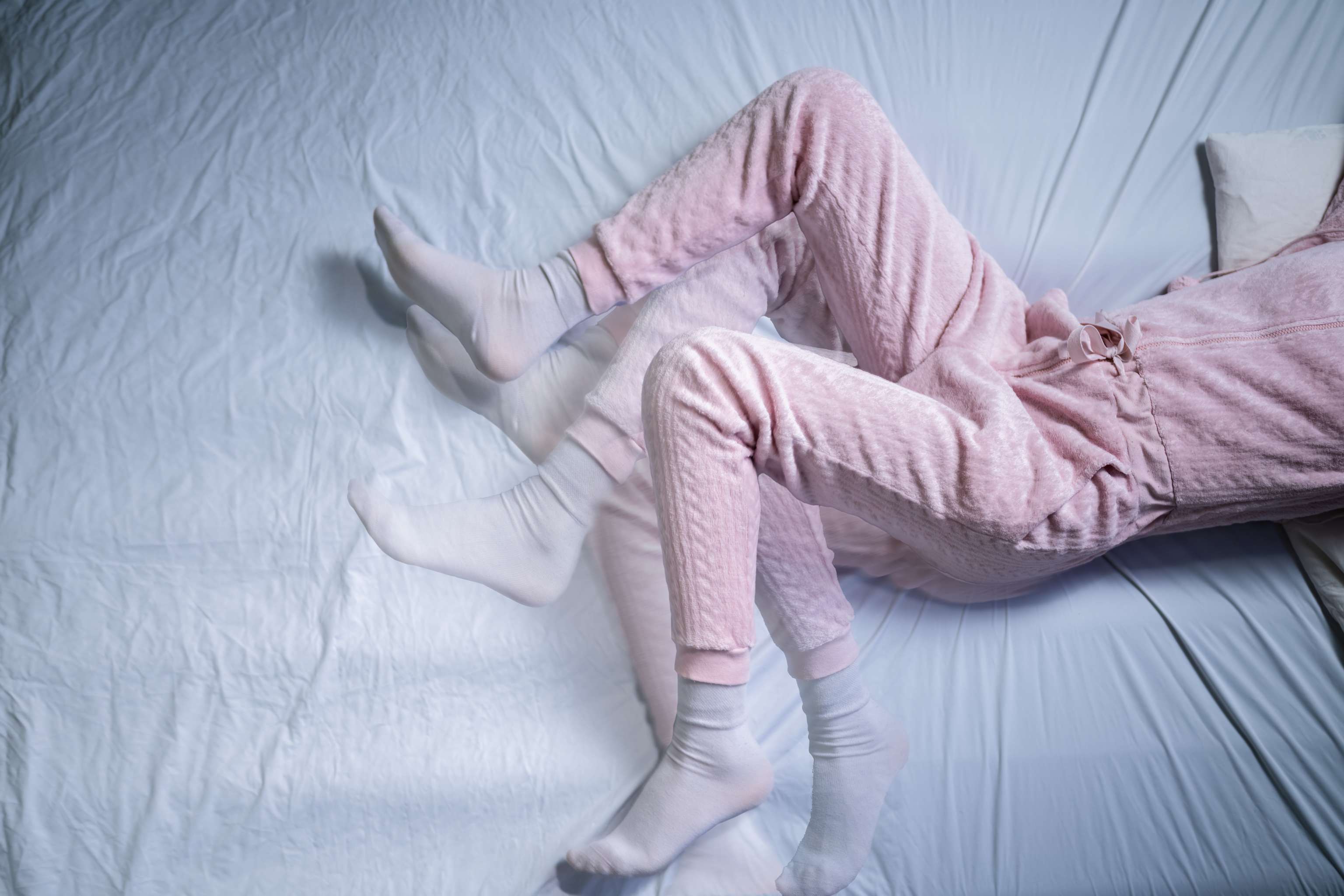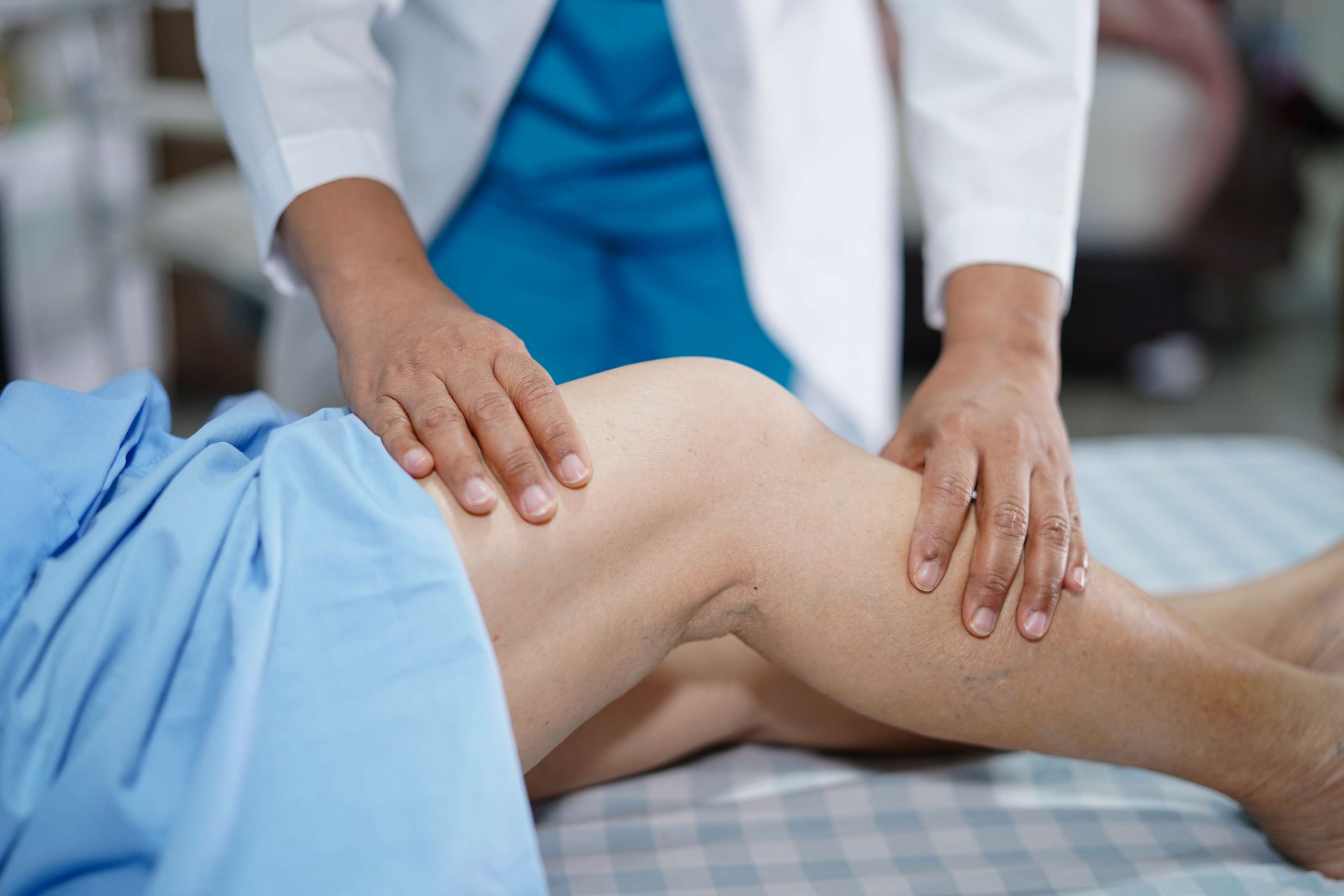Basics
Restless Legs Syndrome, or RLS for short, is a neurological disorder and is manifested by an uncontrollable urge to move the legs, usually occurring at night or in rest situations, which is often associated with pain or unpleasant sensations. Characteristic is an improvement of the symptoms by movement or physical activity. The symptoms are often the cause of sleep disturbances and reduced sleep quality.
In western industrialized countries, the age-dependent prevalence is 7-10%, making RLS one of the most common neurological disorders, along with migraine.
The exact causes of RLS have not yet been adequately elucidated. A multifactorial genesis is assumed, in which disturbances of the iron metabolism and changes of messenger systems (neurotransmitters) in the brain play a role. In addition, in many cases there is a genetic predisposition that favors the disease.
According to the guideline on restless legs syndrome published in 2022, the clinical picture arises from an interaction of genetic, socioeconomic and environmental factors as well as comorbidities (concomitant diseases).
As early as the 17th century, Thomas Willis described a form of restlessness with an urge to move. The term "restless legs syndrome" has been in use since 1945 and literally means "syndrome of restless legs".





